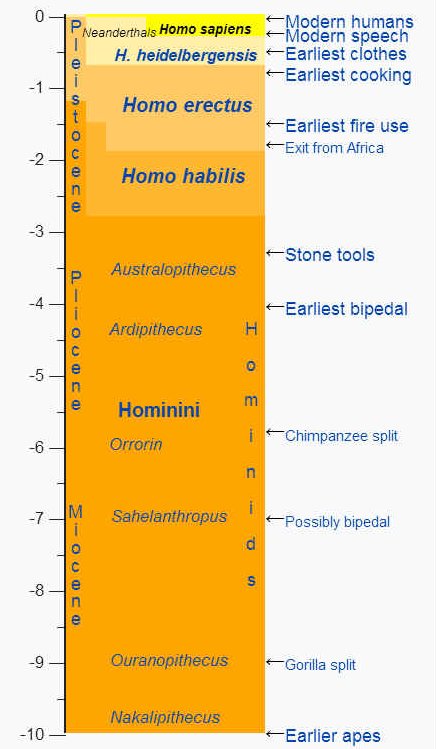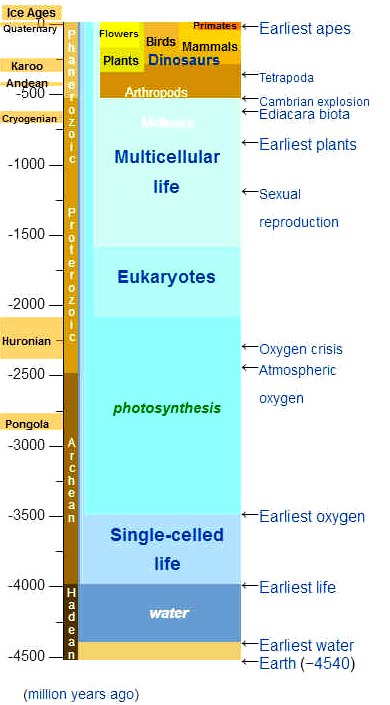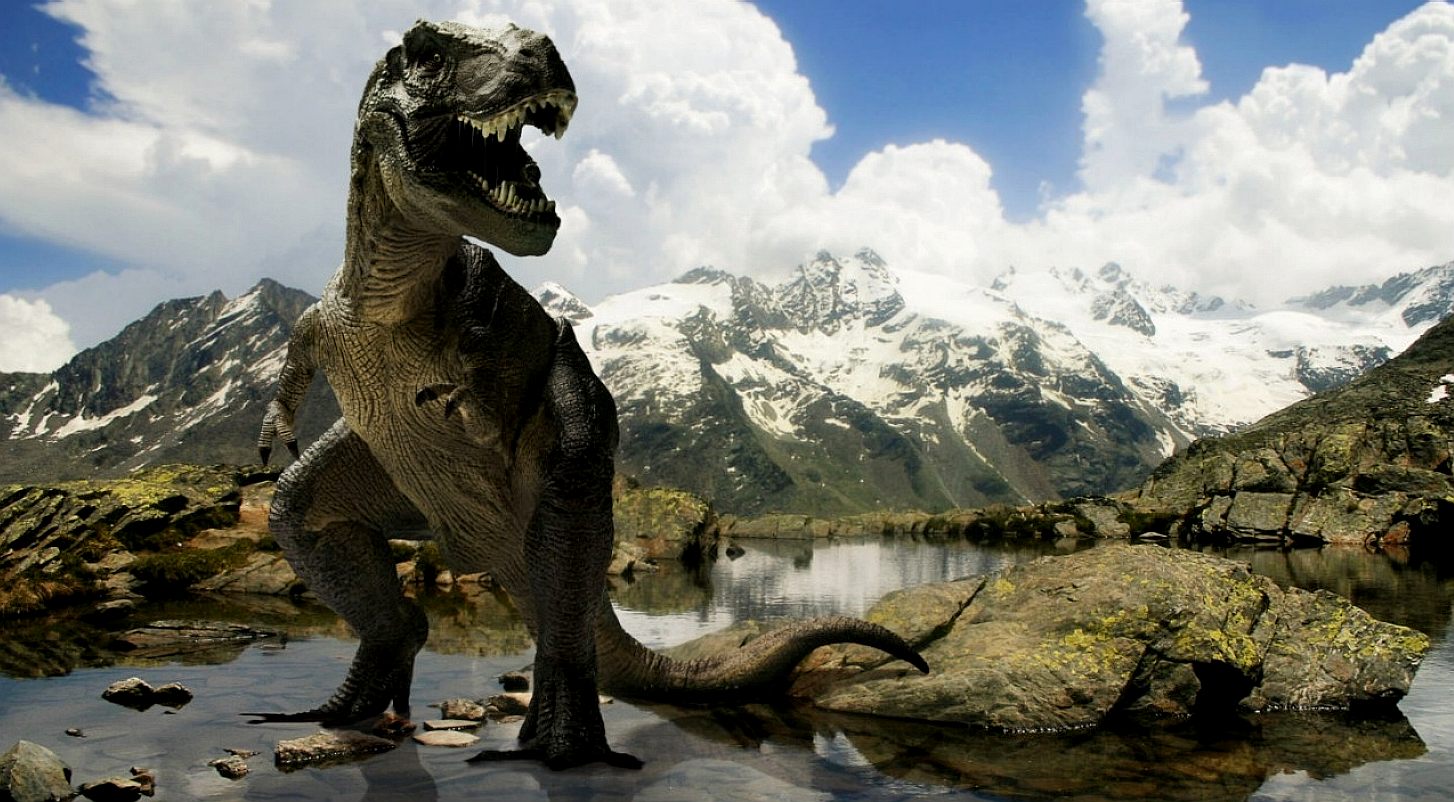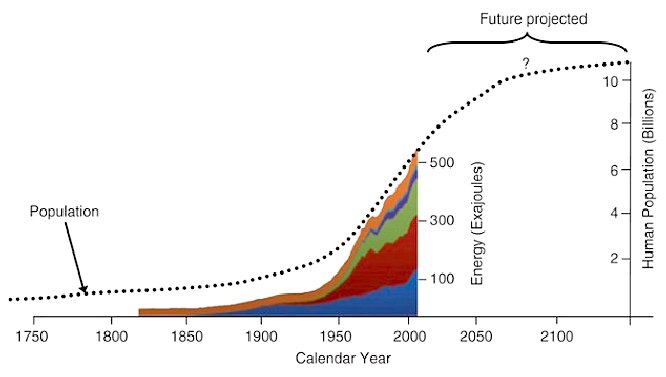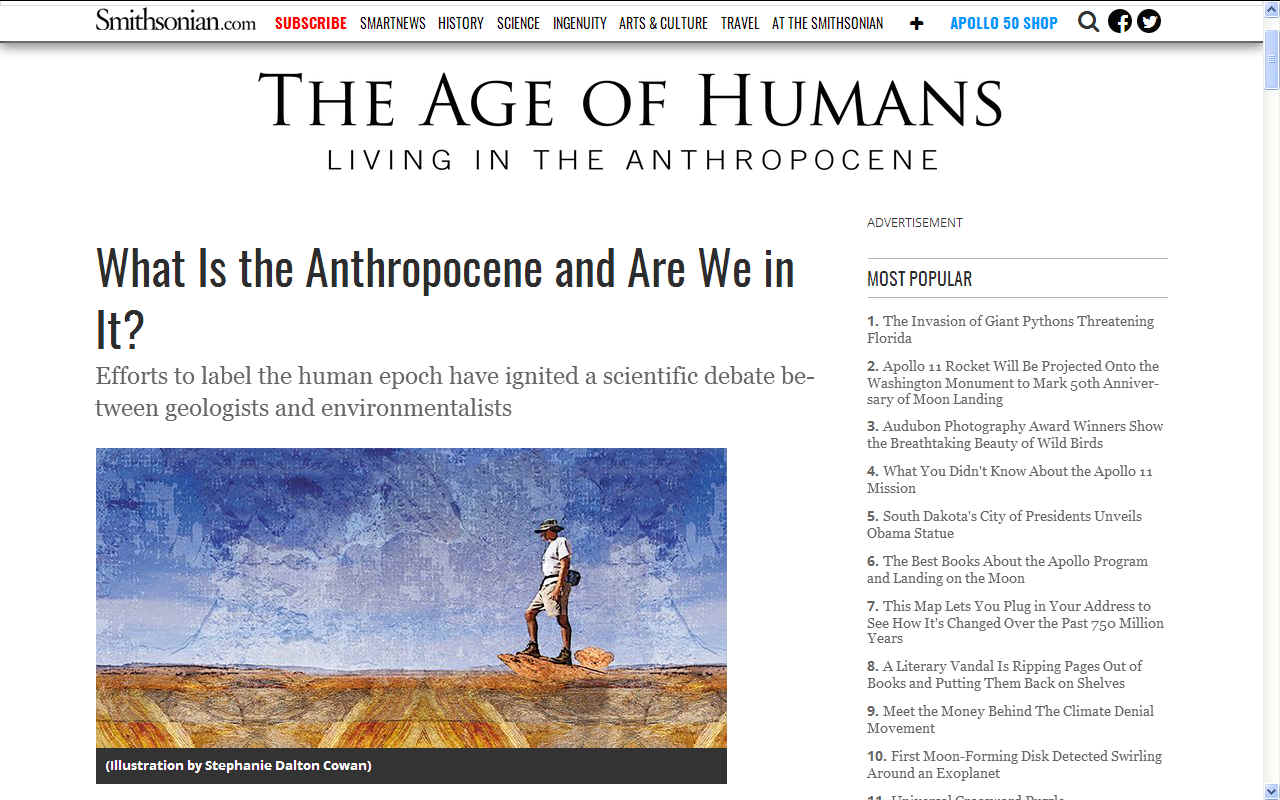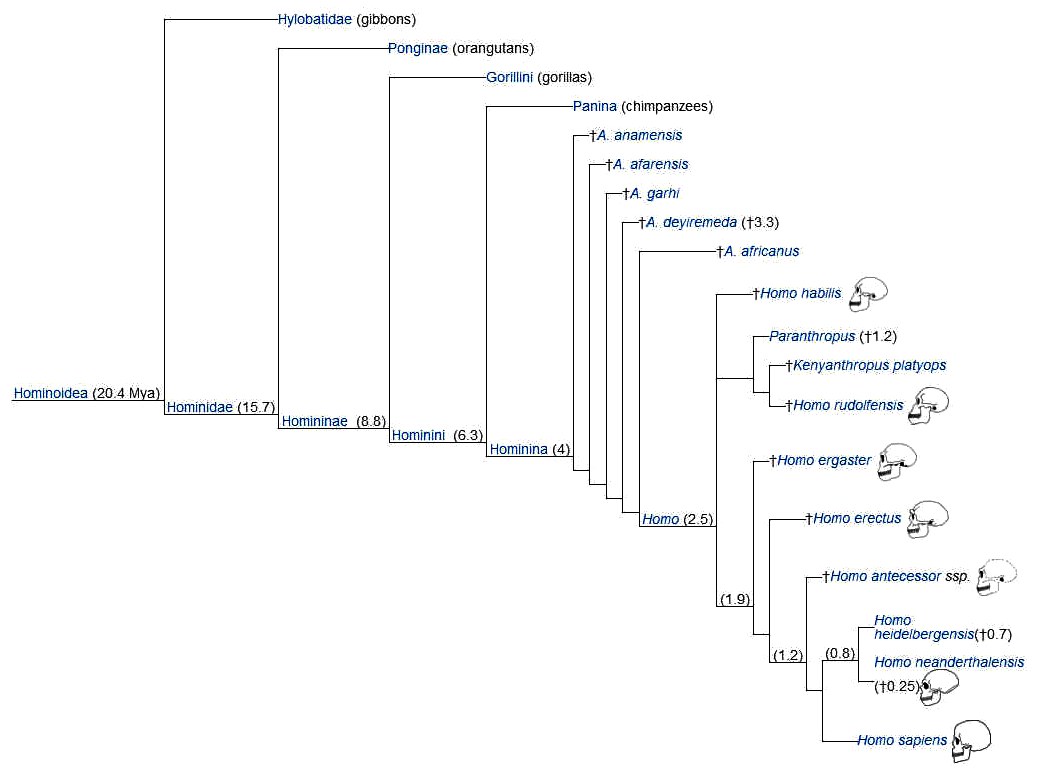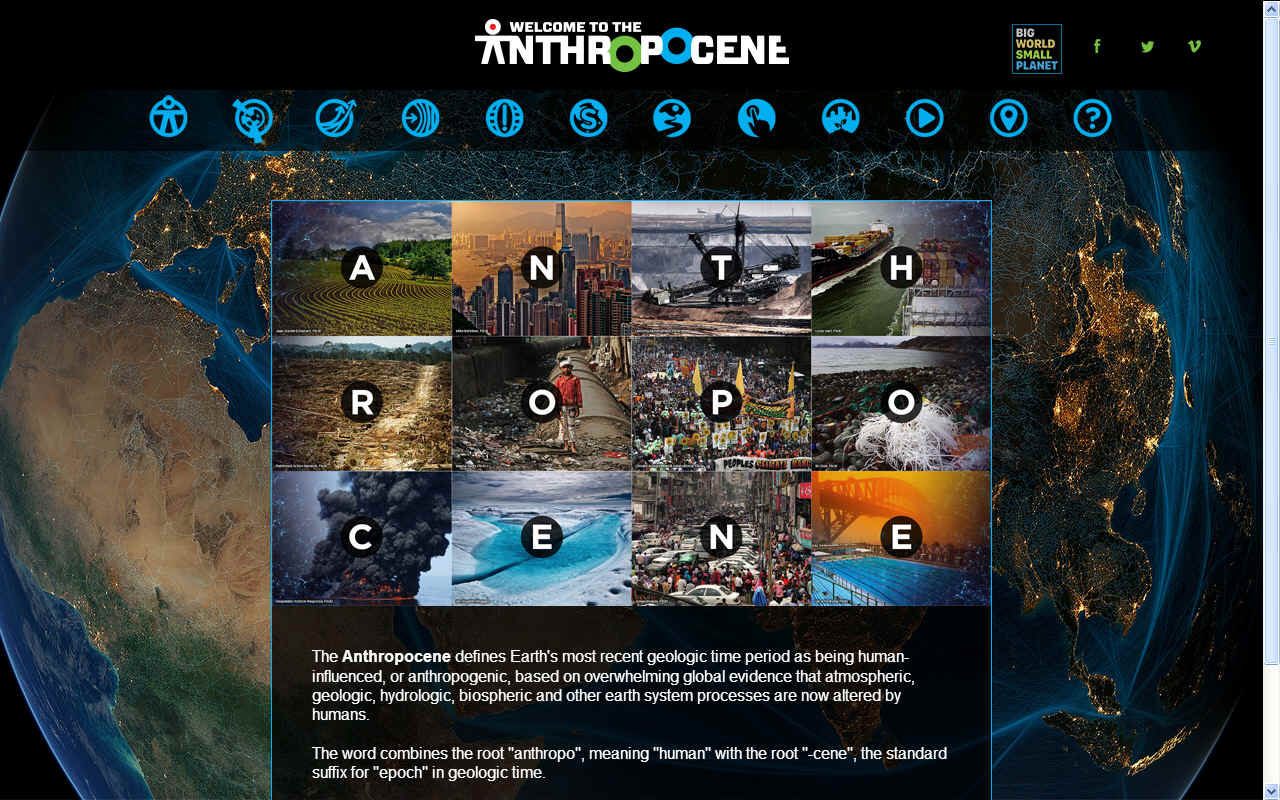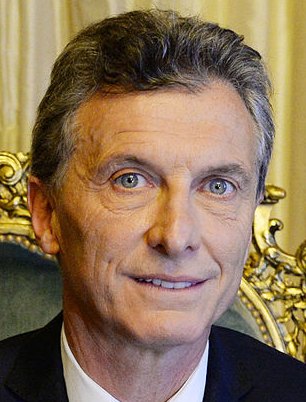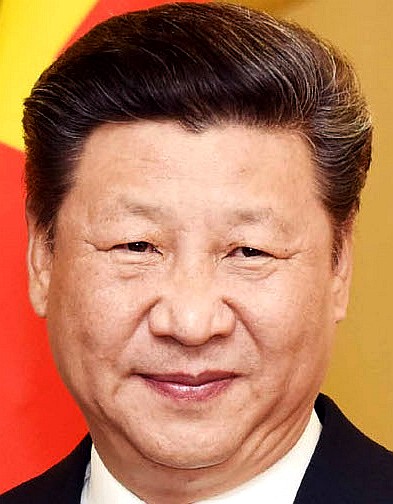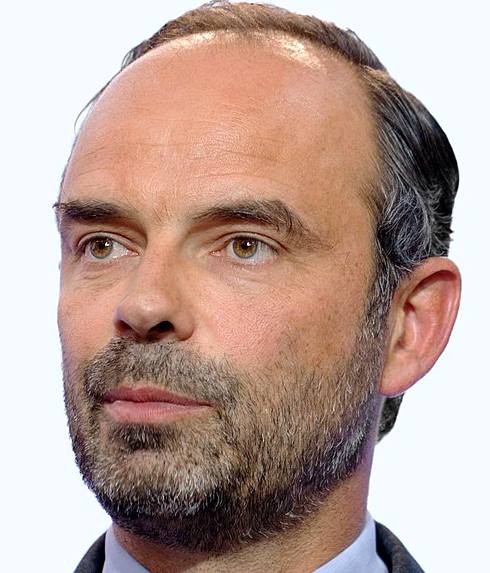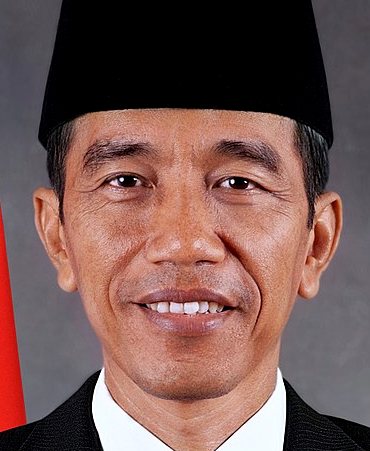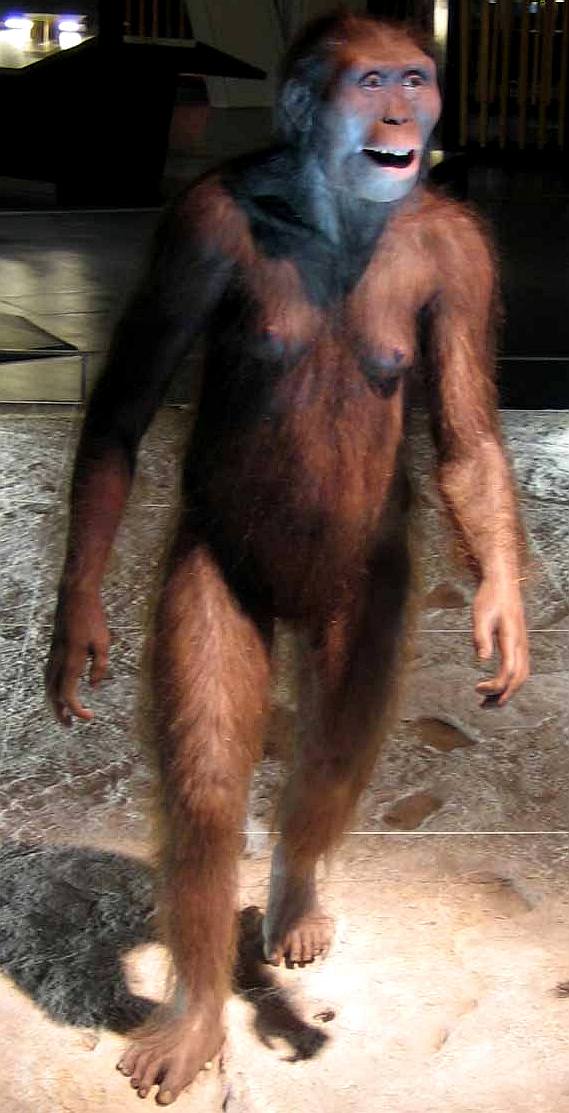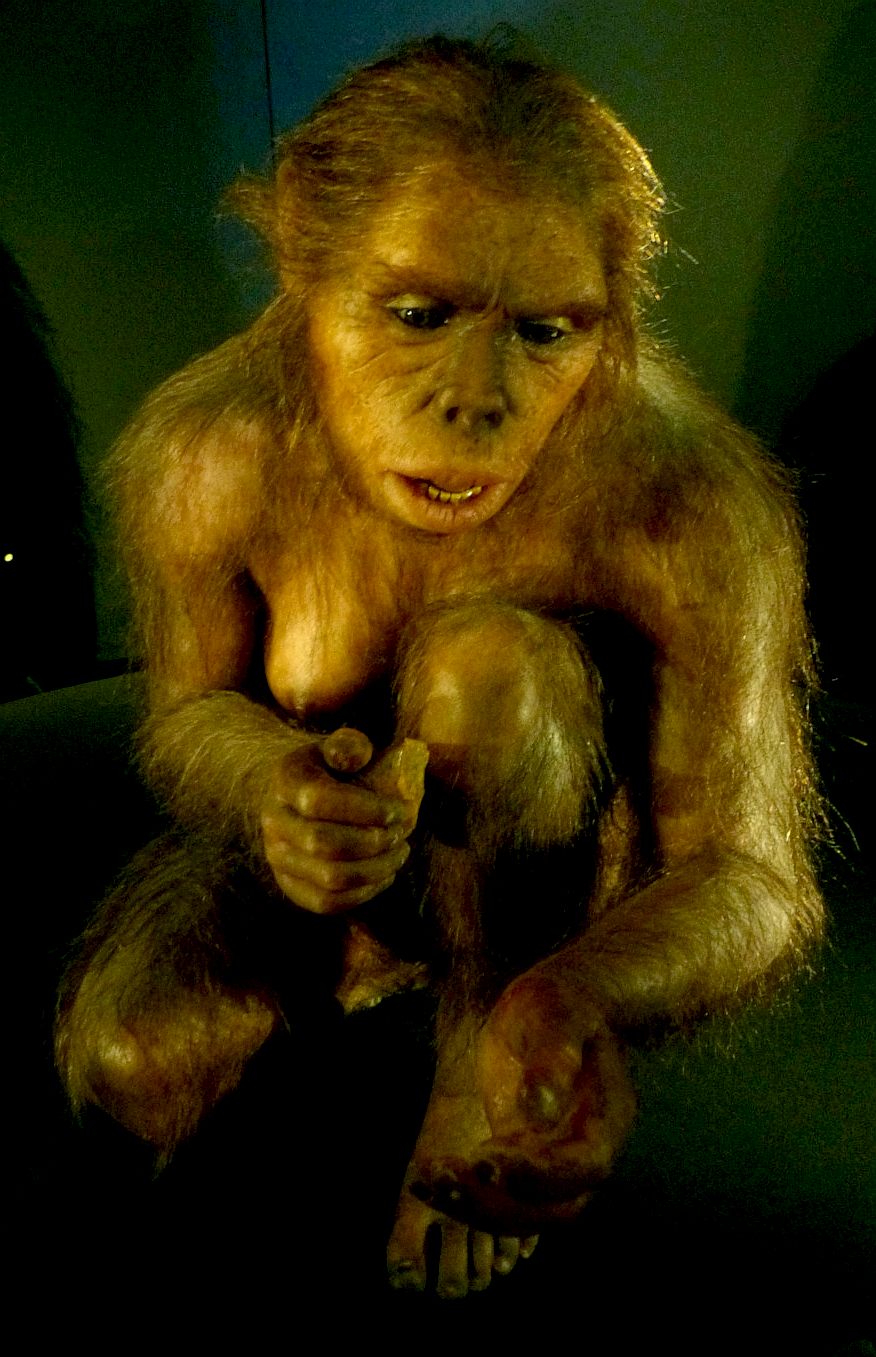|
ANTHROPOCENE EPOCH
Please use our A-Z INDEX to navigate this site where page links may lead to other sites, or see HOME
|
|||||||||||||||||||||||||||||||||||||||||||||||||||||||
TIMELINES - Life on Earth versus Human development in millions of years.
The Anthropocene is a proposed epoch dating from the commencement of significant human impact on Earth's geology and ecosystems, including, but not limited to,
anthropogenic climate change.
G20 - Like it or not the Group of 20 most industrialized nations are leading us to an irrecoverable end. You can imagine that when these incredible creatures roamed the earth, that they thought they were invincible. It's hard to imagine these creatures existed, but they did and we can learn from them - if we want to survive.
WHERE DOES THE ANTHROPOCENE AGE BEGIN?
That's a difficult one to pinpoint. We take the view that the new age begins when humans began to make notable and measurable difference to Earth's natural state.
The word 'Anthropocene' - first proposed in 2002 by Nobel chemistry laureate Paul Crutzen - has been adopted by environmentalists as a rallying cry against Big Oil, and is viewed by some conservatives as a stalking horse for what they see as aggressive, economy-choking policies to combat climate change.
According to the International Union of Geological Sciences (IUGS), the professional organization in charge of defining Earth’s time scale, we are officially in the Holocene (“entirely recent”) epoch, which began 11,700 years ago after the last major ice age.
But that label is outdated, some experts say. They argue for “Anthropocene”—from anthropo, for “man,” and cene, for “new”—because human-kind has caused mass extinctions of plant and animal species, polluted the oceans and altered the atmosphere, among other lasting impacts.
FARMING
While much of the environmental change occurring on Earth is said to be a direct consequence of the Industrial Revolution, William Ruddiman has argued that the proposed Anthropocene began approximately 8,000 years ago with the development of farming and sedentary cultures.
At this point, humans were dispersed across all of the continents (except Antarctica), and the Neolithic Revolution was ongoing. During this period, humans developed
agriculture and animal husbandry to supplement or replace hunter-gatherer subsistence. Such innovations were followed by a wave of extinctions, beginning with large mammals and land
birds. This wave was driven by both the direct activity of
humans (e.g. hunting) and the indirect consequences of land-use change for agriculture.
Ruddiman's work has, in turn, been challenged with data from an earlier interglaciation ("Stage 11", approximately 400,000 years ago) which suggests that 16,000 more years must elapse before the current Holocene interglaciation comes to an end, and that thus the early anthropogenic hypothesis is invalid. Furthermore, the argument that "something" is needed to explain the differences in the Holocene is challenged by more recent research showing that all interglacials differ.
The Napata/Meroitic kingdom extended over the current Sudan and Ethiopia. The Olmecs controlled central Mexico and Guatemala, and the pre-Incan Chavín people managed areas of northern Peru. Although often apart from each other and intermixed with buffering ecosystems, the areas directly impacted by these civilizations and others were large. Additionally, some activities, such as mining, implied much more widespread perturbation of natural conditions.
Over the last 11,500 years or so humans have spread around Earth, increased in number, and profoundly altered the material world. They have taken advantage of global environmental conditions not of their own making. The end of the last glacial period – when as much as 30% of Earth's surface was ice-bound – led to a warmer world with more water (H2O). Although humans existed in the previous Pleistocene epoch, it is only in the recent Holocene period that they have flourished. Today there are more humans alive than at any previous point in Earth's history.
ANTHROPOCENE
MARKER
Anthropogenic soils are those markedly affected by human activities, such as repeated ploughing, the addition of fertilizers, contamination, sealing, or enrichment with artifacts (in the World Reference Base for Soil Resources they are classified as Anthrosols and Technosols). They are recalcitrant repositories of artefacts and properties that testify to the dominance of the human impact, and hence appear to be reliable markers for the Anthropocene.
Some anthropogenic soils may be viewed as the 'golden spikes' of geologists (Global Boundary Stratotype Section and Point), which are locations where there are strata successions with clear evidences of a worldwide event, including the appearance of distinctive fossils.
Drilling for fossil fuels has also created holes and tubes which are expected to be detectable for millions of years. The astrobiologist David Grinspoon has proposed that the site of the Apollo 11 Lunar landing, with the disturbances and artifacts that are so uniquely characteristic of our species' technological activity and which will survive over geological time spans could be considered as the 'golden spike' of the Anthropocene.
WORLD WAR 1 & 2
Without any doubt, the acceleration of technology brought about by the need to kill more efficiently, to destroy other human beings over great distances, gave us jet aircraft, submarines, rockets, nuclear weapons and computers - and that led to space travel. The need to produce weapons in large numbers led to mass production and automation, some of the most inhuman being gas chambers. Hard to believe that humans could be so cruel to each other, and a stark reminder of how some people in power think.
The development of nuclear power stemmed from the atomic bombs developed to kill each other. This gave us electricity from power stations, Hinkley and Sizewell, with EDF under Emmanuel Macron, pushing to disguise pink hydrogen as being green. Money making the French President colour blind. All of this leaving behind radioactive waste for generations to come.
The technology stemming from these events had a marked effect on the base causes of climate change. For example farming became mechanized and supercharged with fertilizers. Cars became commonplace, as did air travel for holidays and global trading of goods. Food became easier to produce in large quantities, meaning that the human birth rate increased. Barter was replaced by money making it easier to exploit our natural resources and giant machines rape the earth of minerals to help us build concrete jungles..
More humans means more houses, more cars, more factories and more food, putting pressure on agriculture and fisheries, both of which are becoming stretched past the natural limits, heralding in aquaculture. But for how long will we be able to use technology to extend unnatural lifestyle we have been brought up to think is normal?
WHERE WILL IT END?
There is no point starting the clock again. Another World War, even a nuclear holocaust, will just mean a breathing space until we reach the same population level again. Assuming that we don't completely annihilate the planet in the process.
What we need is an International Agreement as to Anthropogenic Limits. Logically, this should be set at the natural limits of food production. We should take fertilizers out of this equation.
We do not need to limit fossil fuel use, as this should be phased out completely. Rather, we should accelerate the change to renewables in homes, factories and transport.
SIX (SUGGESTED) STEPS TOWARD A COOLER PLANET
1. TRANSPORT: Phase out polluting vehicles. Governments aim to end the sale of new petrol, and diesel vehicles by 2040 but have no infrastructure plan to support such ambition. Such infrastructure should exceed the performance of fossil fuel filling stations, prolong EV battery life and provide power grids with a measure of load leveling. Any such system should seek to obviate the provision of millions of fast charge points where implementation could prove to be a logistical nightmare. This may involve international agreement as to energy storage format and statute to steer car makers to collaborate in part in a world of competition.
Marine transport can be carbon neutral given the right policies, with phased transition in specific stages such as not to unduly penalize present investment in LNG shipping and other recent MARPOL compliant IC powered vessels. Future cargo vessel should be at least in part powered by renewable energy, on the road to zero carbon, making allowances for technology catch-up.
Air travel powered by kerosene should attract hefty mitigation offset, where low carbon alternatives should be encouraged.
2. RENEWABLES: Renewable energy should replace carbon-based fuels (coal, oil and gas) in our electricity for homes, factories, heating and transport. Coal and nuclear power plants should be phased out.
3. HOUSING: On site micro or macro generation is the best option, starting with new build homes that are both affordable and sustainable by design to replace crumbling housing stocks. Encourage building in timber to provide carbon lock from a renewable natural resource. Make sustainable housing a permitted development, taking out the need to apply for planning permission, will cut out council blockers from the decision making process, to stamp out empire building agendas.
4. AGRICULTURE: We need to grow more trees to absorb carbon emissions from a growing population, air travel, and to build new homes. We should promote reductions in food waste and eating of foods that use less energy to produce. Educating children on these matters in schools and via campaigns such as no meat Mondays, should be part of ordinary study.
5. INDUSTRY: Factories should be aiming for solar heating and onsite renewable energy generation. EV parking and even service facilities should be part of new industrial estates as part of any building permissions.
6. POLITICS: - National governing bodies need to adopt rules to eliminate administrative wastages, to include scaling down spending on war machines, increasing spend on educating the public and supporting sustainable social policies that mesh with other cultures. This includes fostering policies and making funds available to close links in the technology chain to make up for lost time. Kleptocratic empire building must cease in the search for natural equilibrium.
CLIMATE CHANGE COP HISTORY
DESERTIFICATION COP HISTORY
BIODIVERSITY COP HISTORY
UN CLIMATE ACTION PORTFOLIOS
1.
Finance
THE G20 NEANDERTHALS
MEET THE FOCKERS - These relatives of the G20 thought they knew what they were doing, but each family member got passed over on the way to Homo Sapiens. How well are humans doing? Just another notch on the evolutionary scale - no change! We are doomed unless the Parties to the United Nations Conferences start using the brains it has taken millions of years to develop.
LINKS & REFERENCE
https://theanthropocene.org/film/ https://www.theguardian.com/environment/2016/aug/29/declare-anthropocene-epoch-experts-urge-geological-congress-human-impact-earth https://www.smithsonianmag.com/science-nature/what-is-the-anthropocene-and-are-we-in-it-164801414/ http://anthropocene.info/ https://en.wikipedia.org/wiki/Anthropocene
|
|||||||||||||||||||||||||||||||||||||||||||||||||||||||
|
This website is provided on a free basis as a public information service. copyright © Climate Change Trust 2019. Solar Studios, BN271RF, United Kingdom.
|
